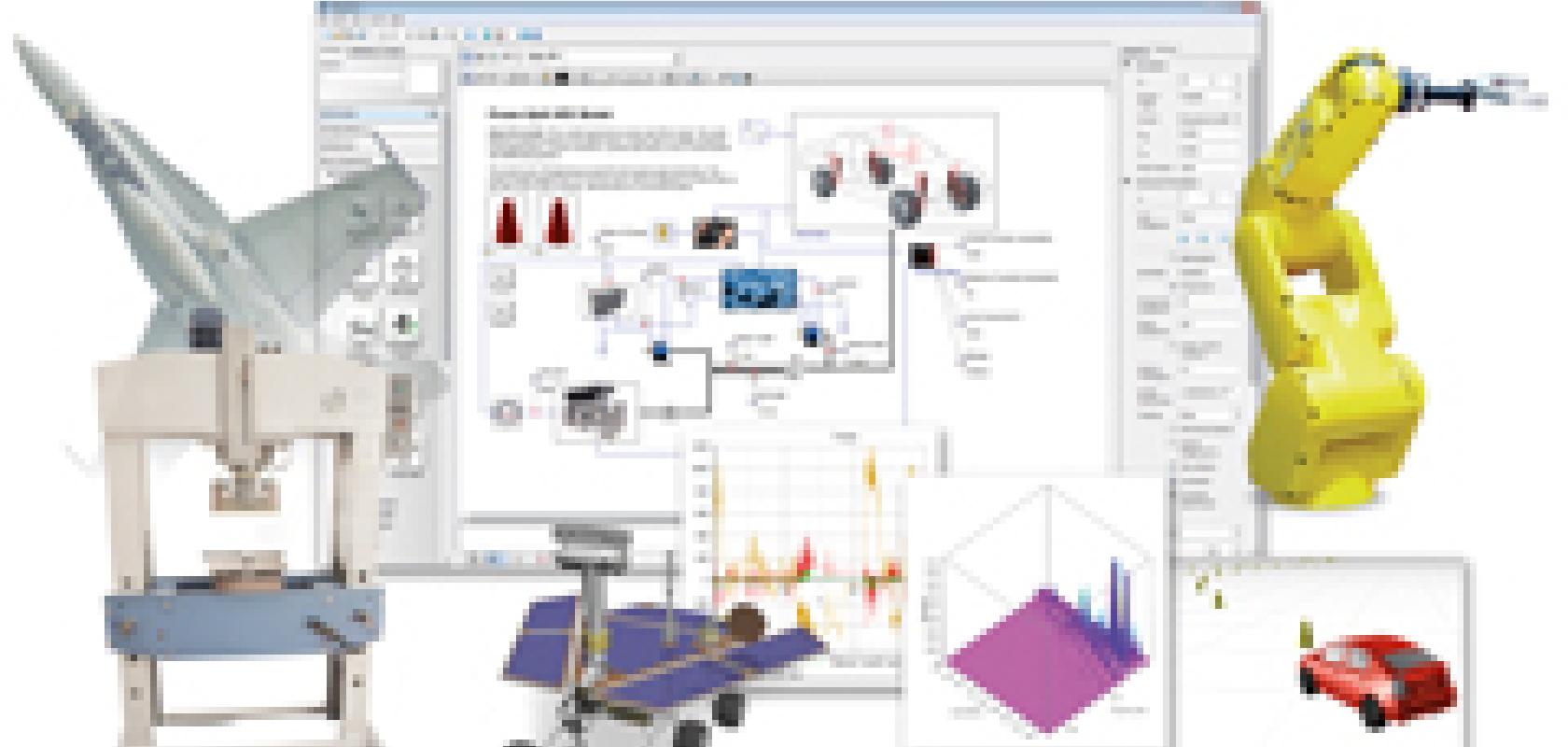Maplesoft has been in business for more than 25 years and remains one of the top players in the mathematical software space. The secret of the company’s longevity is simple: it responds to the marketplace and adapts its software to meet the needs of its increasingly diverse customer base. This adaption, built on its solid technical foundation, gives Maplesoft a strong presence in a wide range of industries that previously would have never considered sourcing a modelling and simulation software solution.
Maplesoft is best known as the manufacturer of the Maple computer algebra system and MapleSim physical modelling and simulation software. Its suite of software products is widely used within academia by a range of technical disciplines to solve complex problems and by scientists and engineers to model systems in order to get their products to market as quickly as possible.
The company began life as a research project at the University of Waterloo, in Ontario, Canada, in the early 1980s. It evolved from this academic inception and found a market within the wider scientific community before moving into the engineering sector.
Nowadays, its customers work within a diverse range of sectors including the aerospace, automotive, defence, electronics, energy, entertainment and financial service industries. More than 90 per cent of the world’s universities and advanced research institutions have also adopted Maplesoft’s software to enhance their education and research activities, according to the company.
The user experience
At the heart of the company’s enduring success is its ability to recognise and adapt to its users’ needs as its original niche market transformed into a mainstream customer base. In recent times, one of the ways this has been achieved is by optimising the user interfaces (UIs) of the software to balance an intuitive user experience with the complexity of the systems sitting behind the simulations. This allows Maplesoft to target those industries that are relatively new to the world of modelling and simulation, while allowing experienced users to fully access their required level of complexity.
Laurent Bernardin, executive vice-president of research and development at Maplesoft, told Scientific Computing World: ‘Our tools have become increasingly sophisticated to improve the productivity of our users quickly. The technology finds ways to take all that mathematical power and guide the user to that end product without them getting lost in the technology.’
‘It is about making the tools as simple to use as possible, but also making sure there are no barriers in place to stop the user from drilling down to the levels they need,’ Bernardin added.
This is no mean feat, as product designs are becoming increasingly complex so, as a result, Maplesoft developed a modular approach to its software to mirror the modularity required to build a complex simulation. If, for example, an engineer is designing an electric vehicle then they can use Maplesoft technology to model different components of that vehicle such as electrical or mechanical or hydraulics, and then obtain a system-level view of the system to analyse how each component interacts with the others. This gives insights into the behaviour of the system as a whole, or that of each subsystem, early on in the process. Add-on packages such as driveline and battery packages also help solve specific problems related to those areas.
This approach is suited to Maplesoft’s clients, who require results in a matter of seconds to perform a high volume of iterations. Bernardin added: ‘We are dealing with quick simulations, which make it possible for users to carry out many iterations of the same system. This is greatly advantageous for our client base as they try to optimise incredibly complex systems by building a picture one component at a time.’
It is not only the simulations and the software that need a modular approach. Maplesoft has ensured its products can scale up to meet the computational power requirements of its customers too. Bernardin said: ‘The majority of those using the Maplesoft suite of products use single work stations, and they can increase their computing power by supplementing additional workstations, or even moving to a high performance computing system.’
The future
The company is continuing to evolve and has a clear understanding of its place in the modelling and simulation space in the years ahead. Bernardin said: ‘More and more industries are using simulations and one day we would like to see a simulation of an entire product before any hardware is produced.’
‘Today, we can simulate the components and interactions between components in a system – but the full simulation of an entire aeroplane or vehicle could be achieved with Maplesoft’s tools in five to 10 years. This is not only a realistic goal, but a very exciting one within the modelling and simulation industry,’ he added.
Maplesoft will continue to target a wide customer base too, as Bernardin added: ‘We will focus on taking our advanced tools and technology, and making them more accessible to a broader range of scientists and engineers.’
This inclusive approach cannot be achieved by only producing user-friendly software. Maplesoft has a strong community and support space to help users understand and get the most out of their simulations.
Bernardin said: ‘We listen to and work closely with our customers to find the right solution for them. For example, our engineering services team is a division that works with clients to make sure they are using our tools effectively.’
With years of expertise in technical education, Maplesoft has also bolstered its position in its original academic market with its technology platform to help academic institutions move their STEM (Science, Technology, Engineering, and Mathematics) courses online. The project allows users to create, share, and grade interactive math apps, further extending the reach of its software to the next generation of users.
This level of accessibility and knowledge sharing is a rare jewel in the world of mathematical modelling and simulation – and is a trait that will see Maplesoft continue to grow and evolve in the years ahead.


